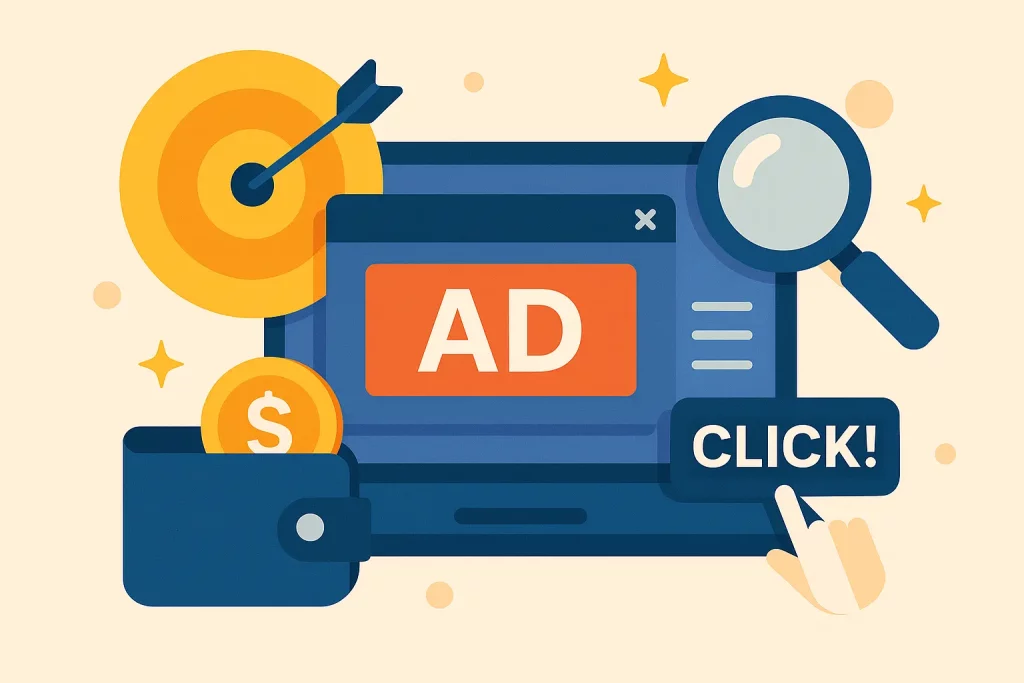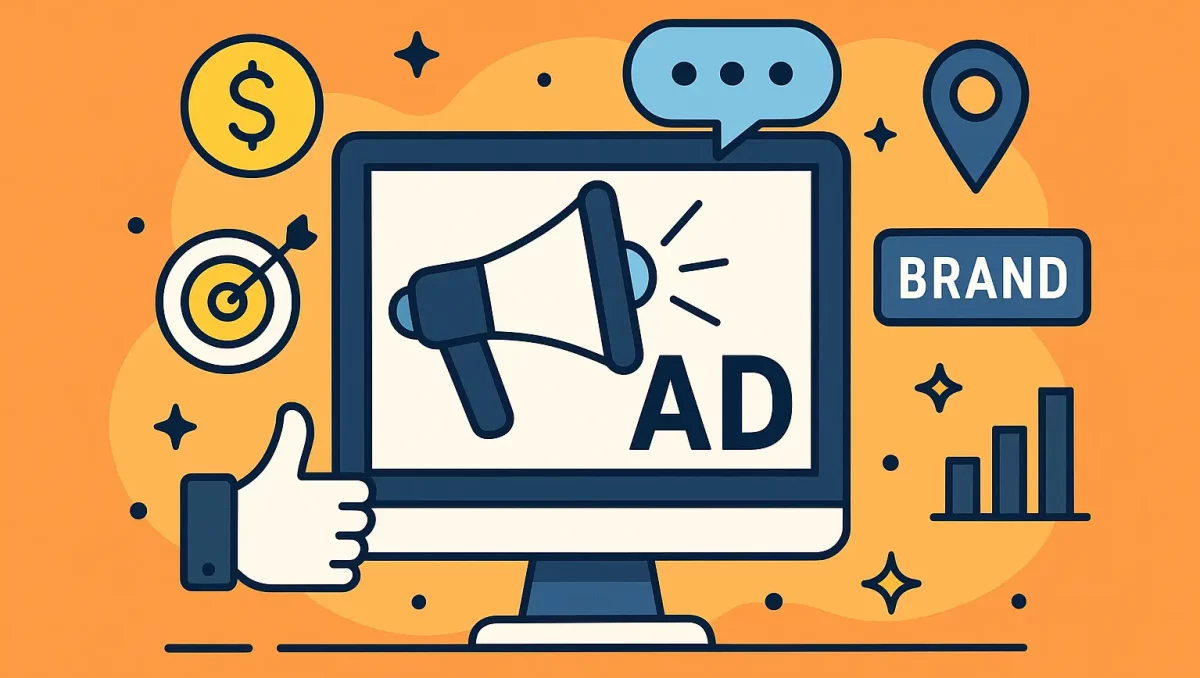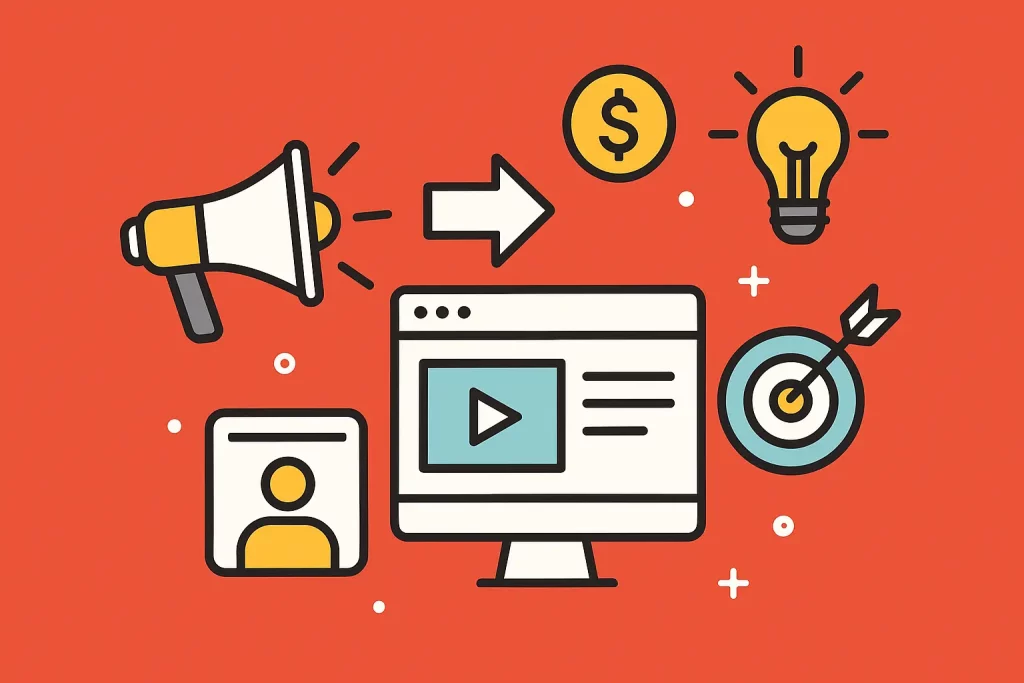
Quick note: this is about ads from an adult brand. No graphic stuff here—just the marketing bits I tested and how they felt.
Why I looked at this
I test ads for work and for fun. Weird hobby, I know. I like to see what hooks me, what bugs me, and what sticks.
So I spent a weekend tracking Brazzers ads. I used my laptop and my phone. I took notes, clicked a bunch, and even signed up for a short trial to see the full funnel. I wanted the real deal. Not guesses.
For readers who’d like the blow-by-blow account (screens, stats, and all my raw notes), I put together a full diary here: I Tried Brazzers Advertising, So Here’s What I Actually Saw.
The look and feel
Brazzers sticks to strong black and bright yellow. Big logo. Big buttons. Loud but clean. You can spot it fast. It’s like a warning sign, but on purpose.
The voice feels cheeky. Winks more than it yells. Short copy. Simple verbs. Not much fluff.
Real examples I bumped into
- Pre-roll teasers on a tube site at night: I got a 15–20 second clip with a bold yellow bar at the bottom. The bar had “Join Brazzers” in all caps and a bright button. The audio auto-played. I flinched once because I forgot my volume was up. My fault, but still.
- Top banner on another tube site: a long, thin banner across the page. Black background. Big white “BRAZZERS.” Yellow “Join Now” button. Tiny line about “New videos daily.” It swapped frames every second, like a GIF.
- Side box ad: a square with a quick loop. Three shots, then a cut to a yellow card that said “See Full Scene.” That little card showed for less than a second, which forced my eyes to chase it. Sneaky, but it works.
- Landing page after I clicked: fast load on Wi-Fi and decent on 5G. Grid of thumbnails, logo up top, price flag near the header. I saw a “limited time” clock that reset when I came back. So… fake urgency. Not my favorite move.
- Email after I signed up: short subject lines with a pun. Big thumbnail, one button, and a line at the bottom to manage settings. The send time hit my inbox late night, which matched my browsing time. That’s smart timing.
- Social teasers: on Twitter, I saw jokes tied to big events, like football weekends. Quick lines, meme tone, safe visuals, heavy brand voice. Comments were wild (as expected), but the post itself stayed PG on the surface.
- The watermark meme: friends still slap that Brazzers logo on random wholesome pics as a joke. That’s not official advertising, but it’s free awareness. The brand benefits without lifting a finger.
- If you’re curious about the kinds of clips that break out of the paid channels and get shared like wildfire, check out these Brazzers viral videos for a taste of what resonates.
During the same session, I also saw a run of geo-targeted banners promising “verified companions in your city.” One click rerouted me to a directory-style page serving the Escondido area, which is basically a Yelp-for-escorts setup. Anyone who wants to dissect how these hyper-local ads funnel traffic into conversion can take a peek at the live listings for Escondido on Erotic Monkey — the page showcases user reviews, service filters, and urgency cues that are textbook examples of persuasive design in the adult niche.
What actually worked on me
- Consistent branding: the black and yellow is a heat lamp for your eyes. You can’t miss it.
- Simple CTAs: buttons say one thing and one thing only. Join. Watch. Continue. No guesswork.
- Fast pages: I clicked, I saw. No spinning wheels. That matters on mobile.
- Short hooks: most teasers cut fast. Six to eight shots, then a title card. Boom, done.
- Timing: emails and banners showed when I was most likely to click. Late night, mostly weekends.
What rubbed me the wrong way
- Auto-play sound: it’s still rough. Scared me once; annoyed me twice.
- Pop-unders from partners: I clicked one banner and a second tab popped behind my window. That felt spammy.
- Repetitive creatives: after a while, it’s the same button, same punchline, same vibe. Fresh cuts would help.
- Fake countdowns: don’t set a timer if it resets. People notice.
- Frequency: I felt chased across adult sites for about two days. A cap would be kind.
Little things I liked
- Buttons are big, thumb-friendly, and high contrast. Works great on a phone.
- Copy is clear. No long pages. No tangled terms.
- The logo placement is smart. It sits where your eye lands first.
Little things that need love
- Give a mute toggle on teasers, and keep it sticky. If I mute once, keep it quiet.
- Switch up the banner scripts more often. Even color shifts help.
- Be honest with promos. If it’s not a true flash deal, don’t use a clock.
For a broader look at how performance-driven brands handle adult ad channels, check out this concise guide from Hunt Mads. Marketers who want to squeeze even more out of their spend can also dive into this guide on maximizing ROI on Brazzers ads for a deeper performance angle.
Seeing how adult entertainment brands borrow tactics from mobile dating culture can spark fresh ideas. If you’d like a hands-on example of that cross-over, check out the classic swipe app Hot or Not — Hot or Not — where you can dig into its user flow, rating mechanics, and monetization levers for more inspiration.
If you’re a marketer, here’s the takeaway
- Pick a bold color set—and stick to it.
- Keep one clear action per ad. One click. One goal.
- Tight hooks beat long clips. Front-load the reason to care.
- Match send time to when your crowd is awake and curious.
- Cap the chase. If they say “no” five times, listen.
My quick verdict
Do Brazzers ads work? Yes. They’re loud, fast, and easy to follow. The brand stands out. You’ll remember it, even if you want to forget it.
Do they cross lines? Sometimes. The pop stuff and the fake timers bug me. And the sound shock never helps.
Would I study them as a case? For sure. There’s a lot to learn about branding, pacing, and clear calls to action. Just… use headphones. Please.
Score: 7/10. Clean look, strong hooks, but a bit heavy on the chase.
You know what? Ads don’t have to be fancy to be effective. They just have to be clear, quick, and honest. Trim the tricks, keep the punch, and this would jump to a 9 real fast.
—Kayla Sox


